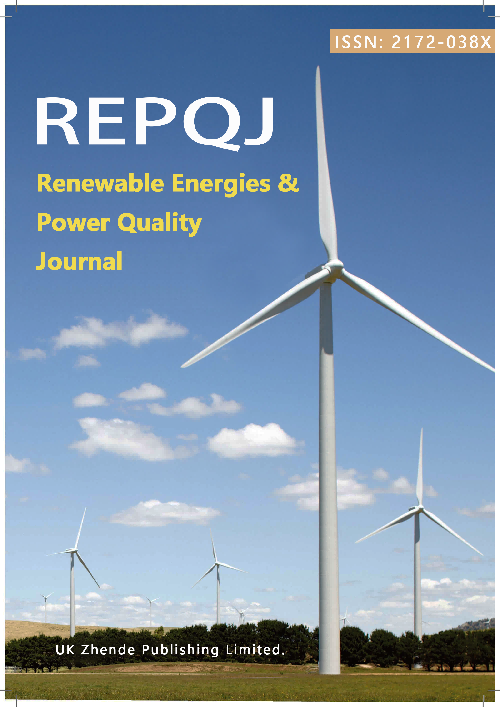Multi-Time-Scale Dispatching Method for Power System Source-Load Considering Wind Power Correlation
DOI:
https://doi.org/10.52152/4173Keywords:
Wind power forecasting, Copula model, Multi-time scale framework, Demand response strategy, Energy storage optimizationAbstract
In view of the challenges of intermittency, volatility, and spatial correlation between wind farms brought about by wind power's expasion, this paper improved the multi-time scale source-load scheduling method. The joint probability distribution of wind farms is constructed using covariance analysis and Copula model to capture the correlation characteristics of wind power fluctuations and generate multiple wind power scenarios. The paper optimized the multi-time scale framework of long-term planning, day-ahead scheduling and real-time scheduling. The LSTM is integrated to enhance wind power prediction, and the prediction results are adjusted to meet the correlation criteria through joint distribution. The charging and discharging of energy storage is optimized through dynamic programming, and the demand response strategy is adjusted in real time through the load aggregation model to dynamically configure flexible resources. The 30-day comparative test verifies the effectiveness of the improved method: the average reserve demand adequacy ratio reaches 0.9, the proportion of unmet load time is only 2.08%, and the wind power utilization rate and flexible resource utilization rate are 87.64% and 77.13% respectively. Based on simulation and numerical optimization, this paper proposed an improved solution to enhance the adaptability of the power system to large-scale wind power access.
Downloads
Published
Issue
Section
License
Copyright (c) 2025 Yidong Hu, Yunfeng Yang, Hui Chen, Jian Gao, Zhangyong Wei (Author)

This work is licensed under a Creative Commons Attribution 4.0 International License.











